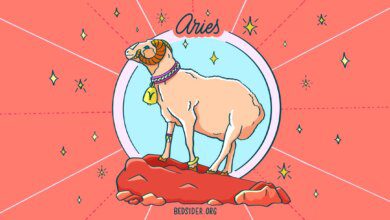Asthma Attack: What Are Asthma Types and Treatment?

Too often movies and television make light of children with asthma, portraying them as the often nerdy characters who puff on inhalers. Asthma, however, is a serious health condition, which can be life-threatening. If anything, children and adults with asthma should be portrayed as brave heroes who face danger every day because when an asthma attack hits, it’s like being squeezed by a giant boa constrictor, trapped under a pile of bricks or confined in a wooden box. under water. So, what is an asthma attack? What happens during an attack that makes the experience uncomfortable and dangerous?
What is an Asthma Attack?
An asthma attack is characterized by the sudden onset of asthma symptoms caused by bronchospasm (the sudden tightening of the muscles surrounding the airways). In addition to bronchospasm, the inner lining of the airways becomes inflamed and blocked by mucus that is thicker than normal. The combination of these events causes asthma attack symptoms, such as:
- hard to breathe
- rapid breathing
- panting
- incessant coughing
- hard to speak
- pressure and tightness in the chest
- neck and chest muscles tighten or tighten
- sweaty and/or pale face
- blue nails and lips
- feelings of panic and anxiety
- worsening symptoms, despite medication
Mild asthma attacks occur more frequently than severe attacks. Symptoms should be treated immediately to prevent a more severe attack, which will require immediate medical attention.
6 Common Types of Asthma Attacks and Triggers
Different things will trigger asthma symptoms and attacks depending on the type(s) of asthma you have. The different types of asthma include:
- Allergic Asthma – Accompanied by allergic rhinitis, allergic asthma is triggered by exposure to allergens such as animal dander, animal saliva, pollen, mold, dust mites and fungi.
- Non-Allergic Asthma – Triggered by viral or bacterial infections and exposure to other irritants, such as perfumes, sprays and smoke.
- Exercise-Induced Asthma (EIA) – In EIA, asthma symptoms occur with exercise. The sufferer may experience tightness and difficulty breathing for ten or fifteen minutes after a short period of physical activity or fifteen minutes during a longer period of exercise.
- Asthma Related to Work (Occupational). – Individuals with work-related asthma only experience asthma symptoms while at their workplaces. Exposure to dust particles or chemicals used in the work environment often triggers occupational asthma episodes.
- Drug-Induced Asthma – For sensitive individuals, some over-the-counter pain medications can trigger asthma attacks. These include aspirin and non-steroidal anti-inflammatory drugs such as naproxen, ibuprofen and diclofenac.
- Nocturnal (Nighttime) Asthma – Some individuals suffer from nocturnal asthma. The body’s circadian rhythm affects asthma, and a reclining position at night can also worsen post-nasal drip and acid reflux, both of which can trigger attacks.
How to Manage Asthma and Prevent Attacks
You can manage your asthma and prevent attacks by avoiding triggers and following your medication schedule. Depending on your specific type of asthma and your doctor’s recommended treatment plan, your medications may include daily allergy medications and/or bronchodilators, steroids and anti-inflammatory medications in the form of inhalers or nebulizers. To prevent asthma attacks and manage your asthma symptoms, it is very important that you carefully follow your doctor’s instructions on how to use both preventive and on-set asthma medications.





